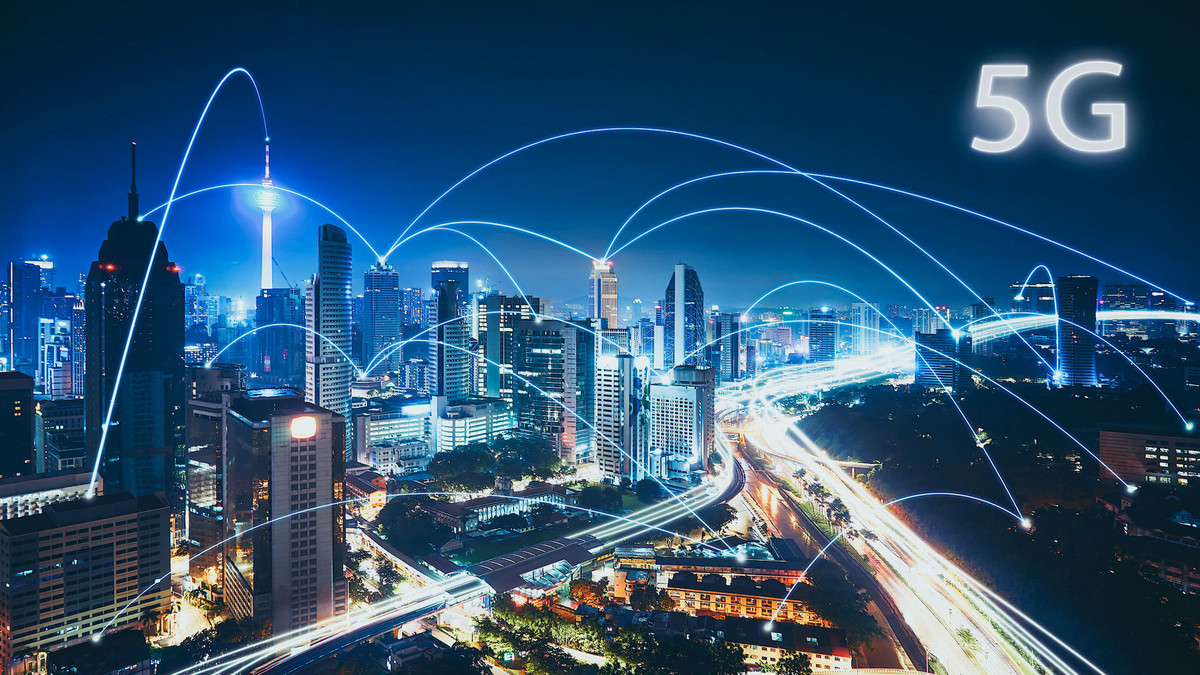5G is the fifth generation of mobile data technology. Designed to increase speed, reduce latency, and improve wireless service resiliency. In theory, 5G technology can reach speeds as fast as 20 Gbps, while 4G's top speed is only 1 Gbps. 5G also has less latency, improving the performance of business applications and other digital experiences such as online gaming, video conferencing, and self-driving car performance.
What are the Global 5G Frequency Bands?
At present, the commercial spectrum of 5G development in the world is roughly divided into Sub-6 (below 6GHz), 6 to 24GHz, 24 to 29.5GHz, 37 to 40GHz, and a higher 60 to 90GHz, among which Sub-6 and 24 to 29.5 The GHz frequency band is used in a relatively high proportion relative to other frequency bands.
What is 5G Technology?
Whereas previous mobile data technologies such as 4G LTE focused on securing connectivity, 5G takes connectivity to a whole new level by delivering a cloud-to-client connectivity experience. 5G networks are virtualized, software-driven, and cloud-based.
5G networks also simplify mobile connectivity with smooth and open roaming between mobile data and Wi-Fi access. Mobile device users can stay connected when they move between the outdoor wireless connection and the wireless network in the building, and the user does not need to adjust settings or re-authenticate in response to system requirements.
The new Wi-Fi 6 wireless standard, also known as 802.11ax, shares characteristics with 5G, including improved performance. Wi-Fi 6 radios can be placed where users need better signal and lower cost. These Wi-Fi 6 radios are based on software-based networking with advanced automation capabilities.
5G technology should improve the underserved problem of remote areas, and urban areas where demand may exceed the existing capacity of 4G technology can also enjoy better service. The new 5G network will also adopt a dense and distributed access architecture, so that the location of data processing is closer to the edge and users, and the speed of data processing is accelerated.
How Does 5G Technology Work?
5G technology makes the entire network architecture more advanced. 5G New Radio is the global standard for the air interface of 5G wireless networks, covering the unused spectrum of 4G, making it more powerful. The new antennas can integrate massive MIMO (multiple input, multiple output) technology, allowing multiple transmitters and receivers to transmit more data simultaneously. However, 5G technology is not limited to the new radio spectrum. This technology is designed to combine licensed and unlicensed wireless technologies to support converged heterogeneous networks. This increases the bandwidth available to users.
The 5G architecture will be a software-defined platform, with network functions managed through software rather than hardware. Virtualization, cloud technology, and IT and business process automation, these advanced developments all give 5G architecture flexibility and flexibility for users to access anytime, anywhere. 5G networks can create software-defined sub-network structures called network slicing. Through this slicing technology, network administrators can specify network functions based on users and devices.
5G can also enhance digital experiences through machine learning (ML) automation. If you want the response time to be less than one second (such as the response time of a self-driving car), you need 5G network support, automation through machine learning, and finally combined with deep learning and artificial intelligence (AI), to realize the dream. Automate provisioning and proactively manage traffic and services to reduce infrastructure costs and improve connection experience.
What are the Practical Implications of 5G Technology?
5G technology not only creates a new generation of improved network performance and speed, but also brings a brand new connection experience to users.
In healthcare, 5G technology and Wi-Fi 6 connectivity will allow healthcare workers to monitor patients through connected devices that continuously transmit data from vital health monitoring devices such as heart rate and blood pressure. In the automotive industry, 5G combined with machine learning algorithms will provide information on road conditions such as traffic flow and accidents; vehicles will be able to share information with other vehicles and physical facilities on the road such as traffic lights. These are just two practical uses of 5G technology in the industry, both of which can provide users with a better and safer experience.
5G technology brings us new speed and new possibilities.



.jpg)










.jpg)